Follow us at https://bsky.app/profile/deconcomics.bsky.social !

Follow us at https://bsky.app/profile/deconcomics.bsky.social !


The film is bloated, it’s busy, it showcases numerous failures at human communication, and doesn’t hit some points it needs to. And yet, Spider-Man 3 screenwriter Alvin Sargent managed to weave together the many plotlines thrust on him to make a script with a message – although not necessarily the one director Sam Raimi had in mind. Tim and Mulele examine Raimi’s final Spider-Man film. (Originally published on Patreon May 23, 2020.)
Brought to you by:
Podcast: Play in new window | Download

To this day, Spider-man 2 is considered one of the best superhero movies. How does it stand up to Tim’s first viewing, after watching all the MCU movies that came after? What does Mulele notice about the look of the film that’s a little annoying? How is Spider-fan Tim feeling about the portrayal of Peter Parker in these movies? These points and more! (Originally published on Patreon April 25, 2020.)
Brought to you by:
Podcast: Play in new window | Download
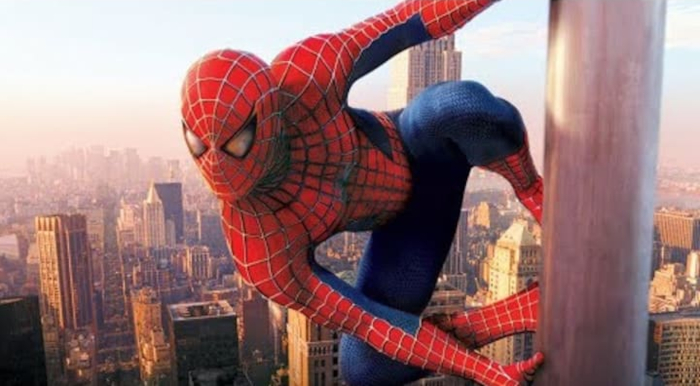
Tim and Mulele begin reviewing the Sony (pre-MCU) Spider-man movies with a look at 2002’s Spider-man, directed by Sam Raimi and starring Tobey Maguire. After watching all the MCU movies, how does this film feel different? How was it affected by 9/11? And more. (Originally published on Patreon April 11, 2020)
Brought to you by:
Podcast: Play in new window | Download
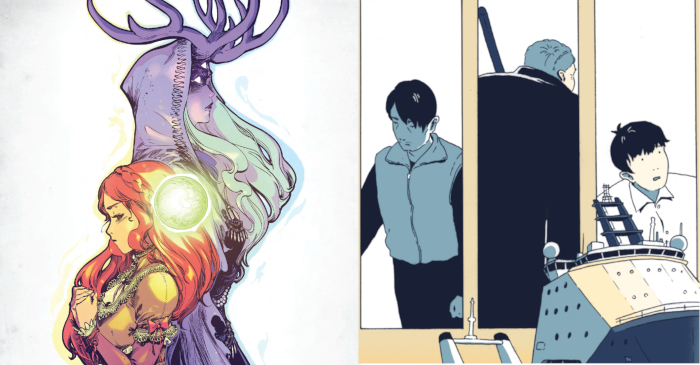
This week, a look at two great new comics submitted by their creators:
God Summoner, by Dio Zogaris and Manos Laouvardos, is a story in the fantasy genre. Tim and Jason thought “Meh” until they actually read it! This is a well-written story with beautiful black and white art.
The Keluarga Cable Ship Company, by Mereida Fajardo, gives us a father and son with communication problems, and a ship that lays down undersea cable through which, well, communication flows. Or doesn’t flow. But what makes the book stand out is its very unusual format that shows great thought and planning on the author’s part. Tim and Adam critique.
Brought to you by:
Podcast: Play in new window | Download
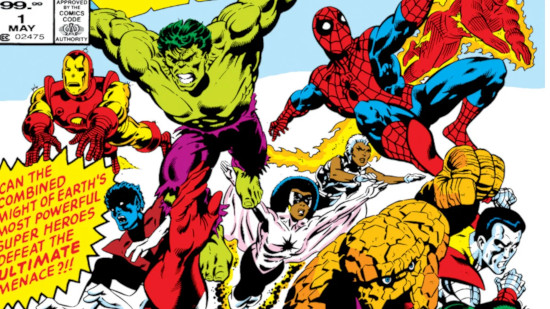
FLASHBACK! Jim Shooter, who was Marvel Editor-in-Chief from 1978 to 1987, passed away on June 30. He wrote a number of comics published by Marvel (including the original Secret Wars series) and by a number of other companies. Two years ago, Koom interviewed Shooter to find out what he thought about Marvel in its current incarnation, get his recollections of Frank Miller and Ann Nocenti’s respective starts in the comics industry, hear his theory that the nursery rhyme “Little Miss Muffet” can be a tool to teach good writing, and more. We re-present the interview this week in observance of his passing. (Originally published August 23, 2023.)
Brought to you by:
Podcast: Play in new window | Download
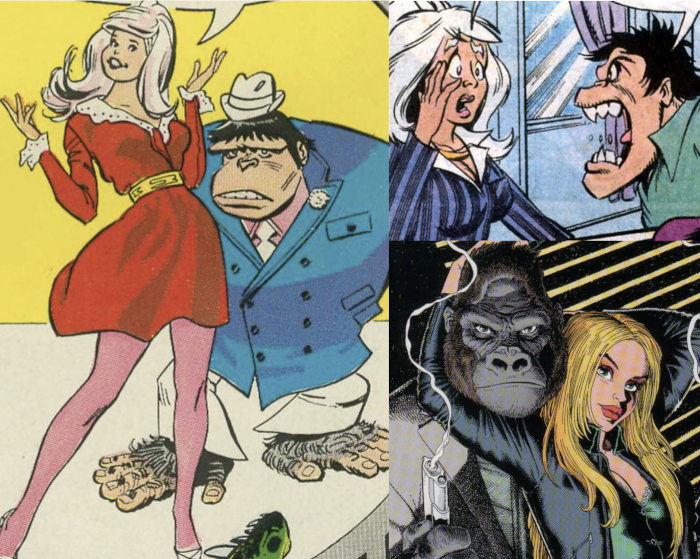
In the 1960s, both Marvel and DC tried publishing humor books, often in a style reminiscent of MAD Magazine. One of these was DC’s Angel and the Ape, about a beautiful young woman and a comics-artist gorilla who run a detective agency. While it only survived for 7 issues (with two title changes!) in 1968-69, somehow it got a Phil Foglio reboot in 1991, and showed up again as a Vertigo book in 2001, co-written by Howard Chaykin and David Tischman. While it’s hard to explain the existence of these revivals, comparing the three versions gives us an appreciation of the changes in the US comics industry over 35 years. Tim and Kumar discuss.
Brought to you by:
Podcast: Play in new window | Download
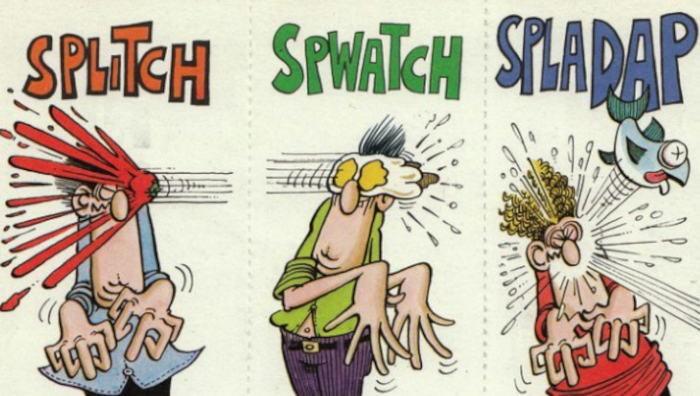
POW! ZAP! Comics may not be for kids anymore, but they still have sound effects! Our own Patrick Ijima-Washburn noticed that Japanese editions of American comics left the sound effects untranslated, and decided to put together a book on how common English sound effects should be translated. Life being what it is, it took well over a decade, but the book is finally out digitally, in both Japanese and English! This time Patrick joins Tim to talk about the genesis of the book, some sound effects trivia (what comic strip first used “ZZZZ” for snoring? Who originated adding “ker-“ to the beginning of a sound effect?), and take a quiz from Tim: if quoted a sound effect from an actual Marvel comic, can he guess what action it’s supposed to represent?
Brought to you by:
Podcast: Play in new window | Download

While the last three issues of Captain America and the Falcon we looked at were rather underwhelming, issues 209 to 211 give us all the kooky science fiction and Kirby Crackle we could want! The appearance of Arnim Zola, in his first face-off with Cap, has revitalized the story. But Falcon seems shunted off to the side, and what the heck happened to Anna Maria’s personality?? Tim and Emmet discuss these three issues.
Brought to you by:
Podcast: Play in new window | Download
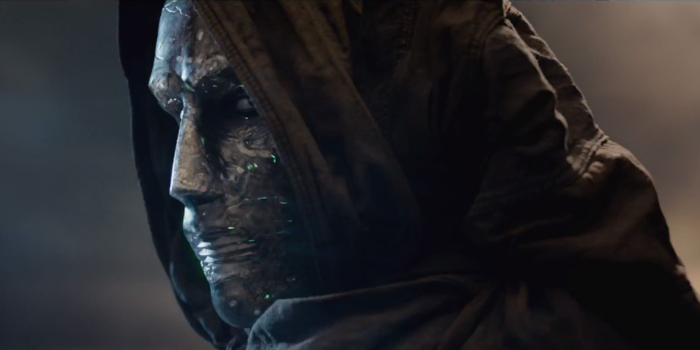
We conclude our look at 2015’s Fant4stic, directed by Josh Trank. Trank’s behavior on the set (and on Twitter) have been nothing but bad for his career, and studio meddling was nothing but bad for a film that wasn’t a good take on the FF, but might have at least been a better film if Trank had been left alone. As it was, we’re left with yet another FF movie that’s short on explanations of Dr. Doom’s objectives.
Videos drawn on for this episode:
Brought to you by:
Podcast: Play in new window | Download
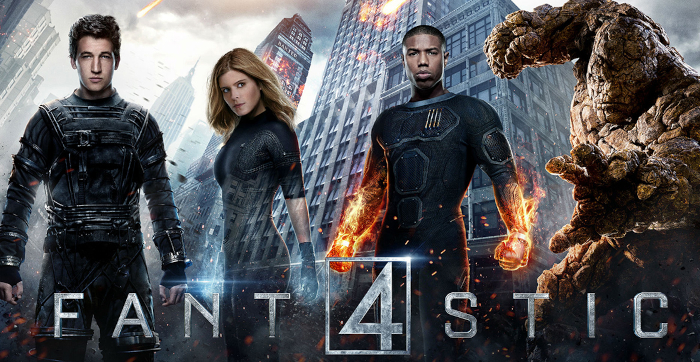
Should a director re-interpret a property when nobody wanted it re-interpreted? 2015’s Fant4stic, directed by Josh Trank, turns getting superpowers into an exercise in body horror. Much of its inspiration comes from Bendis and Millar’s very straightfaced Ultimate Fantastic Four comics, Trank threw in a liberal helping of The Fly and Scanners. Tim, Kumar, and Jordan (in another crossover with the Comic Book Movie Oblivion podcast) look at the first appearance of the Negative Zone in Fantastic Four #51 by Lee and Kirby, and at Ultimate Fantastic Four v. 1, before beginning a look at the film itself.
Brought to you by:
Podcast: Play in new window | Download